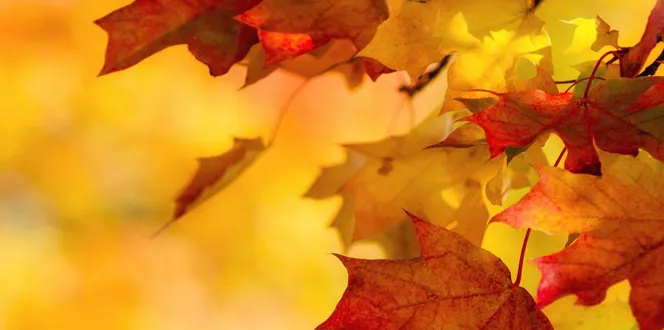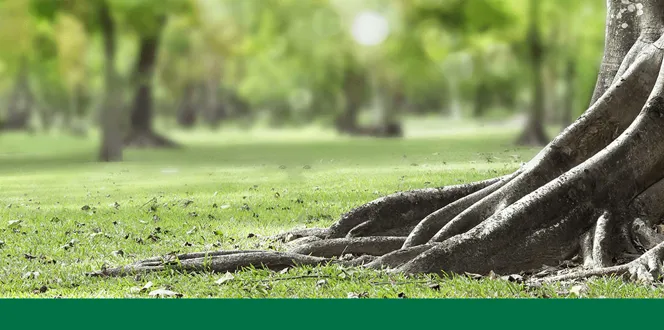Pine trees are some pretty great evergreen options for your home landscape.
They add greenery and unique texture all year long, and even bring a favorable aroma to your yard.
And while pine trees are reliable additions to your landscape, you might be concerned when you see traditionally green needles look discolored. In fact, you might wonder, “Is my brown pine tree dead?”
Let’s talk about reasons you might notice your pine tree dying and what you might be able to do to get your pine tree back to good health.
Signs Your Pine Tree May Be Sick
Assessing pine tree damage and determining why my pine trees are dying can be tricky. This is because a number of issues could be cause for concern.
You want to be able to recognize symptoms quickly, so you can figure out whether your pine tree is dying or you can save it.
Look for these symptoms that may indicate a problem:
- Discolored needles – This is usually caused by too much or too little water or disease.
- Needles dropping early – Shedding needles in late summer or early fall is normal, but dropping at other times of year can be the result of improper irrigation, needle blight, nitrogen deficiency, or insect infestation.
- Spots on pine cones – Black spots on pine cones could signal a fungal disease.
- Bark issues, including pitch tubes caused by pine bark beetles and bark crevices caused by ambrosia beetles – Insects are usually to blame for bark holes.
- Leaking sap – Sap is natural wound protection for pine trees, such as damage to trunks.
Even with these symptoms, though, determining how severe a problem is takes a deeper look at the extent of the damage. For instance, if most of the foliage of a pine tree turns red or brown, the tree may be less likely to recover. But pines with a few yellow or red needles scattered throughout the tree can have a good chance of surviving.
Also, pine trees usually shed a portion of their older needles annually adding new needles in the spring, and this is totally normal.
Why Is Half Of My Pine Tree Dead?
If you take a look at your pine and say, “half of my pine tree is dead,” there are a few culprits that may be causing this problem.
Pine trees love sun, which means lower branches that don’t receive sunlight may not survive. A solution to this could be providing your pine tree with more light or moving it to a sunnier location.
Your pine tree that is browning on one half vertically – maybe a back half, for instance – may be suffering from lack of sunlight on that side or even lack of water if it doesn’t receive irrigation.
Fungal infections, such as needle blight, can also plague a pine tree. Additionally, insects such as bark beetles can be the reason you notice pine trees dying.
Is Your Evergreen Dying From Bottom Up Or From Top Down?
When trying to answer the question, “How do I know if my pine tree is dead?” you may notice a pattern with symptoms. For instance, your pine tree may be browning from the top down or bottom up.
Each one can actually signal a few specific problems and solutions.
Water – If your pine tree is browning from the bottom up, it could be a result of drought. The bottom needles will die to try and help give water to the remaining upper tree needles. Giving it extra water through summer’s dry spells can help.
Bark Beetle – If your pine tree trunk or branches have small holes or you see sawdust, this could mean an insect infestation. You may also notice your pine tree is topped with brown or red needles but still has green foliage at the bottom. Talk with a certified arborist about confirming the insect infestation and potentially treating the problem or removing your pine tree.
Diseases – Pine wilt can attack your tree from the top down. Call a certified arborist for an inspection and treatment.
Winter – The top of your pine tree can be an easy target for bitter winter winds, as well as sunscald. Applying an anti-desiccant in fall and watering trees properly before winter can help them survive harsh winter weather.
Since pines naturally replace needles each year, your pine tree could also just be shedding old needles. If you notice any concerns, having an expert come and take a look is the best bet to confirm whether or not your pine is suffering from a more severe issue and help you develop a plan to get it back to gracing your yard with year-round greenery.





